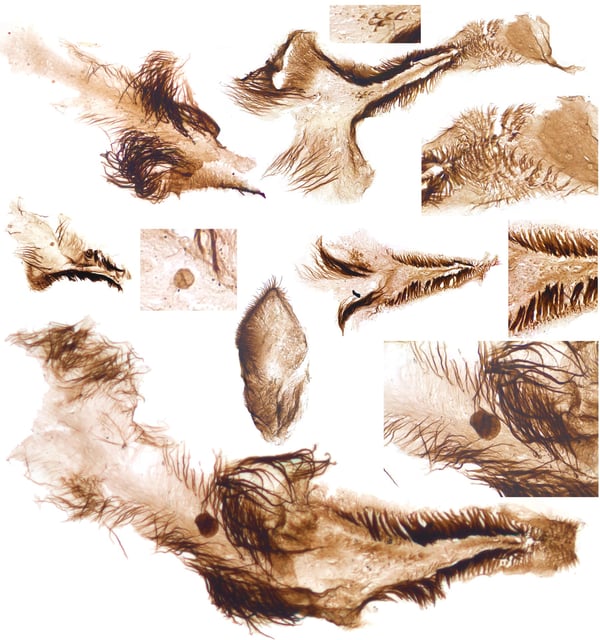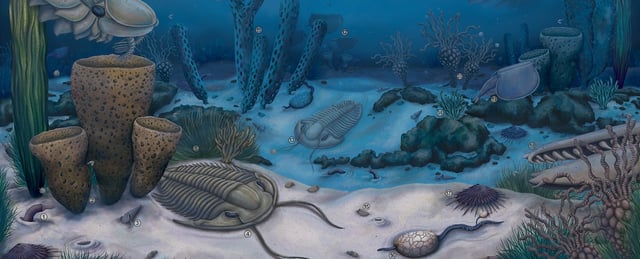Overview
- A University of Cambridge-led team published the fossils in Science Advances after a 2023 Colorado River expedition collected Bright Angel Formation samples.
- The assemblage comprises rock-scraping molluscs, filter-feeding crustaceans, spiky-toothed worms and fragments of their likely food from mid-Cambrian seas.
- Researchers isolated thousands of delicate carbonaceous fossils by dissolving the rock in hydrofluoric acid, sieving residues and using high-resolution microscopy.
- Among the specimens is Kraytdraco spectatus, a newly named priapulid worm with hundreds of branching teeth inspired by the Star Wars krayt dragon.
- Paleogeographic analysis shows the Grand Canyon region lay near the equator in oxygen-rich, nutrient-balanced waters that accelerated early animal diversification.

